In an emergency, knowing what not to do can be just as important as knowing what to do. Many survival myths can actually put you in more danger. Here are 25 survival myths debunked, so you can stay safe and well-prepared.
1. Myth: You Can Suck Out Snake Venom
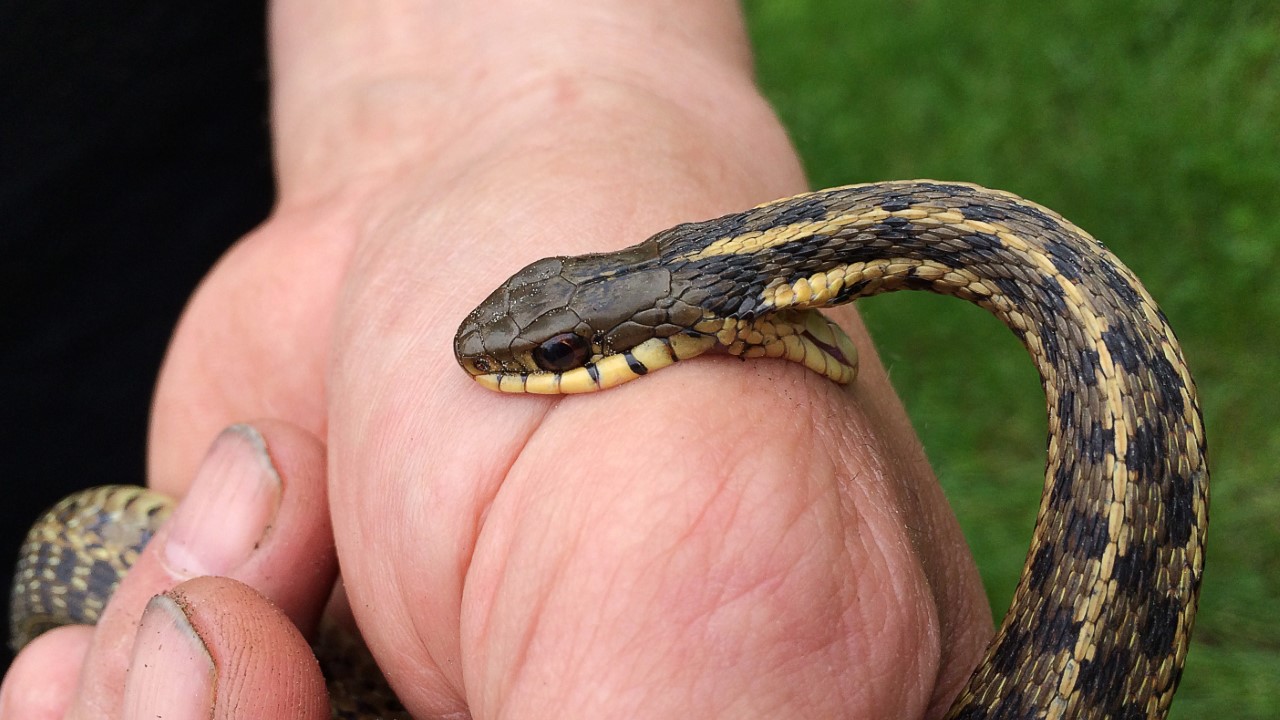
Many people believe that you can suck out snake venom after a bite. This is not true and can make things worse. Instead, keep the bite area still and lower than the heart, and get medical help as soon as possible. Applying a pressure immobilization bandage can also help slow the spread of venom.
2. Myth: Find Food Before Water

In survival situations, finding water is more important than finding food. You can survive weeks without food but only a few days without water. Always prioritize finding a clean water source first. Dehydration can impair your thinking and physical abilities, making it harder to find food later.
3. Myth: Moss Always Grows on the North Side of Trees
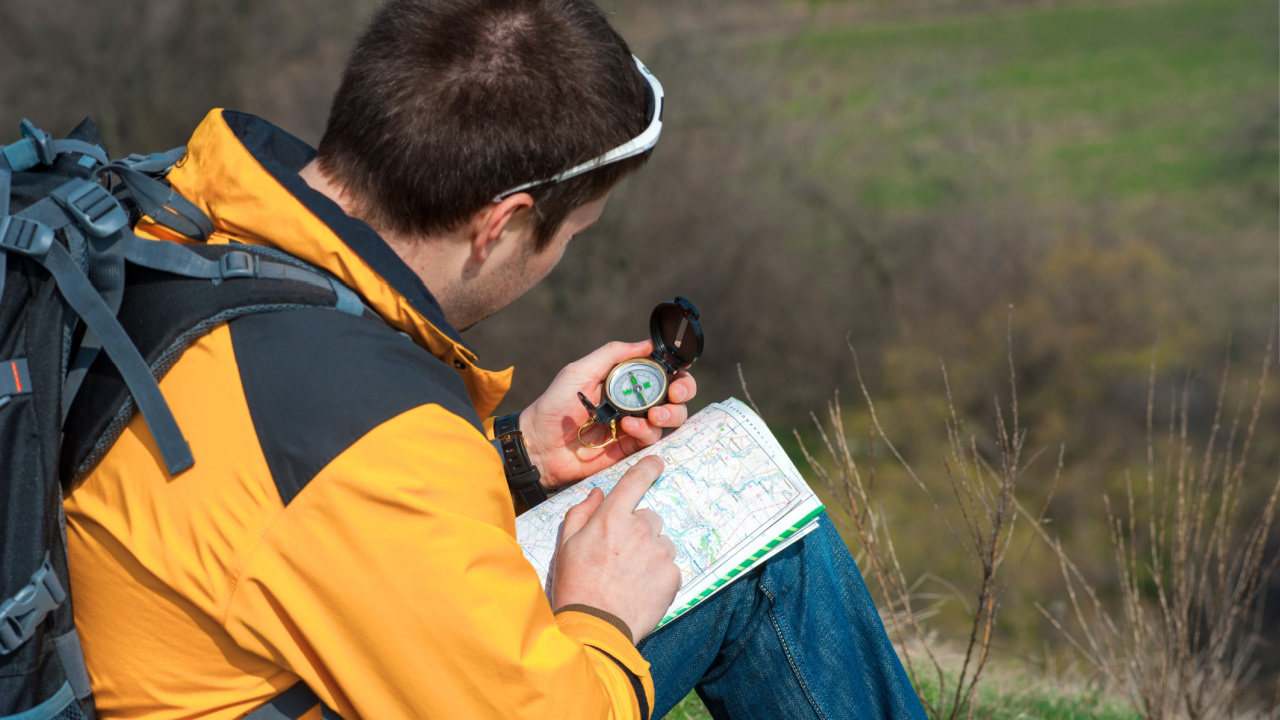
It’s a common belief that moss only grows on the north side of trees. Moss can grow on any side of a tree depending on the environment. Use a compass or map for navigation instead. Relying on this myth can lead you further off course and increase your risk of getting lost.
4. Myth: Drinking Alcohol Keeps You Warm
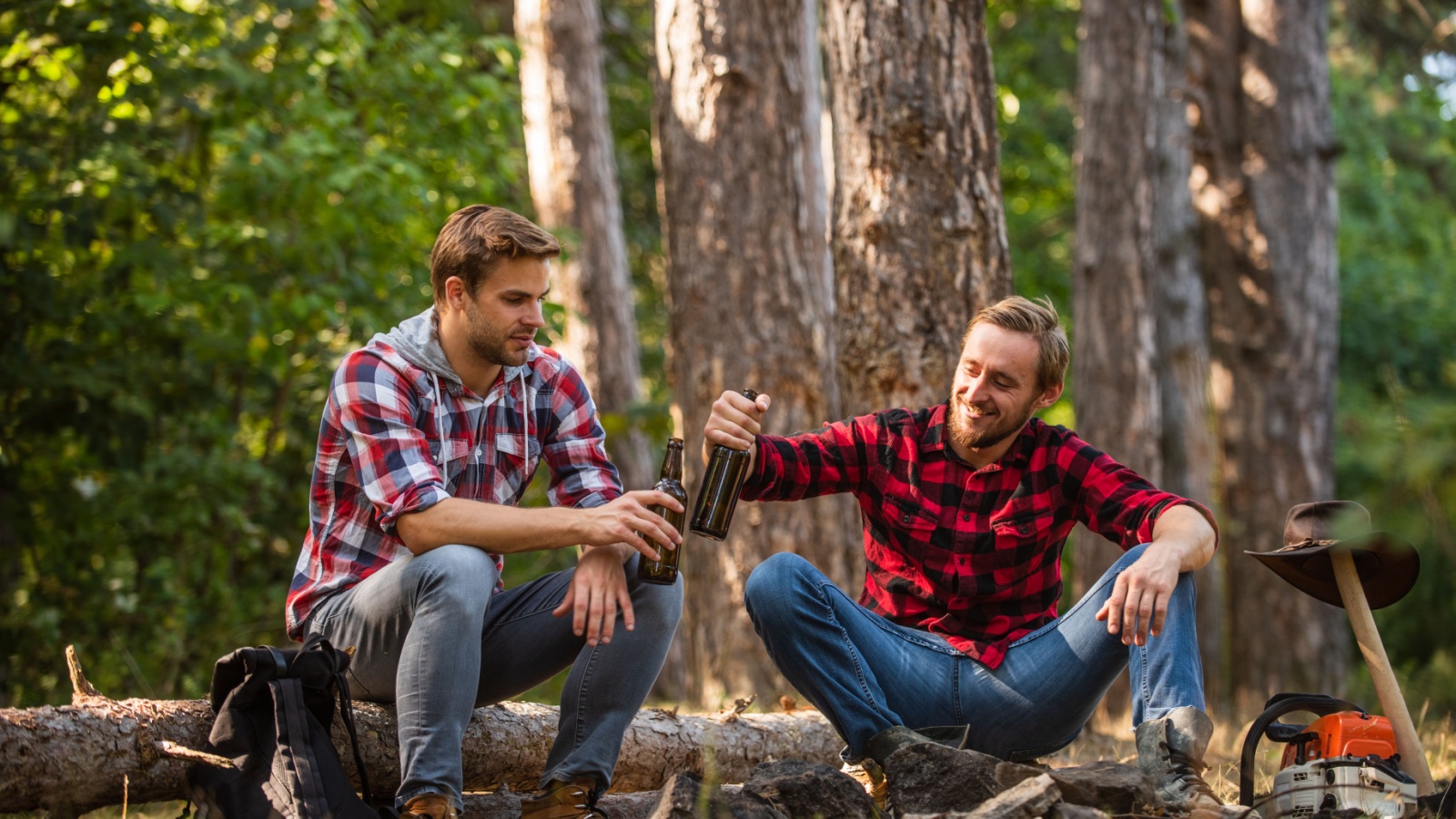
Drinking alcohol gives the illusion of warmth but actually lowers your core body temperature. It can also impair your judgment. Stay warm by wearing proper clothing and finding shelter. Drinking warm, non-alcoholic beverages is a better way to maintain body heat.
5. Myth: You Should Play Dead During a Bear Attack
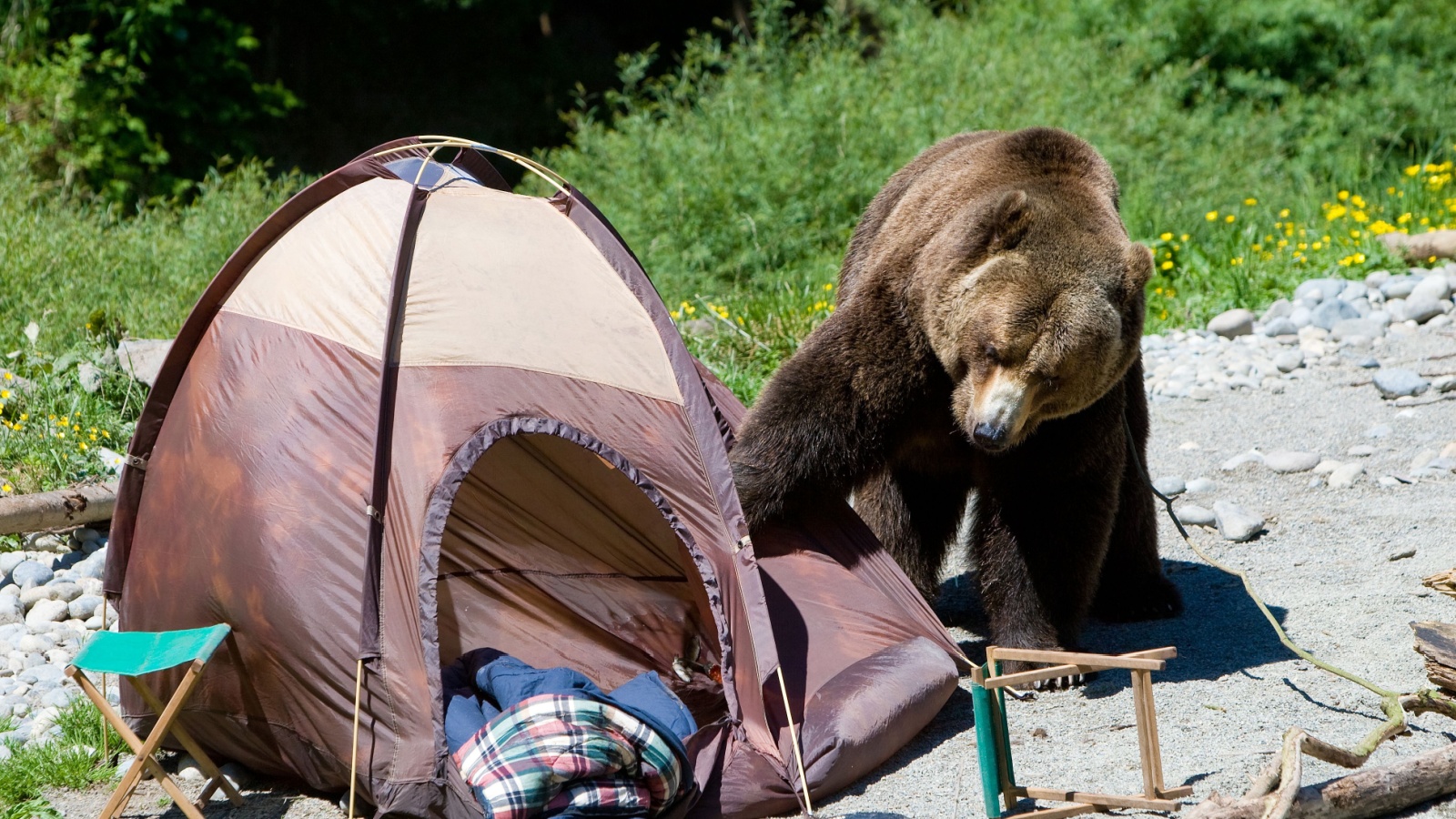
Playing dead only works for grizzly bears and only in certain situations. If you encounter a black bear, you should try to escape or fight back. Know the type of bear and act accordingly. Carry bear spray and know how to use it effectively as a deterrent.
6. Myth: You Can Drink Seawater in Emergencies
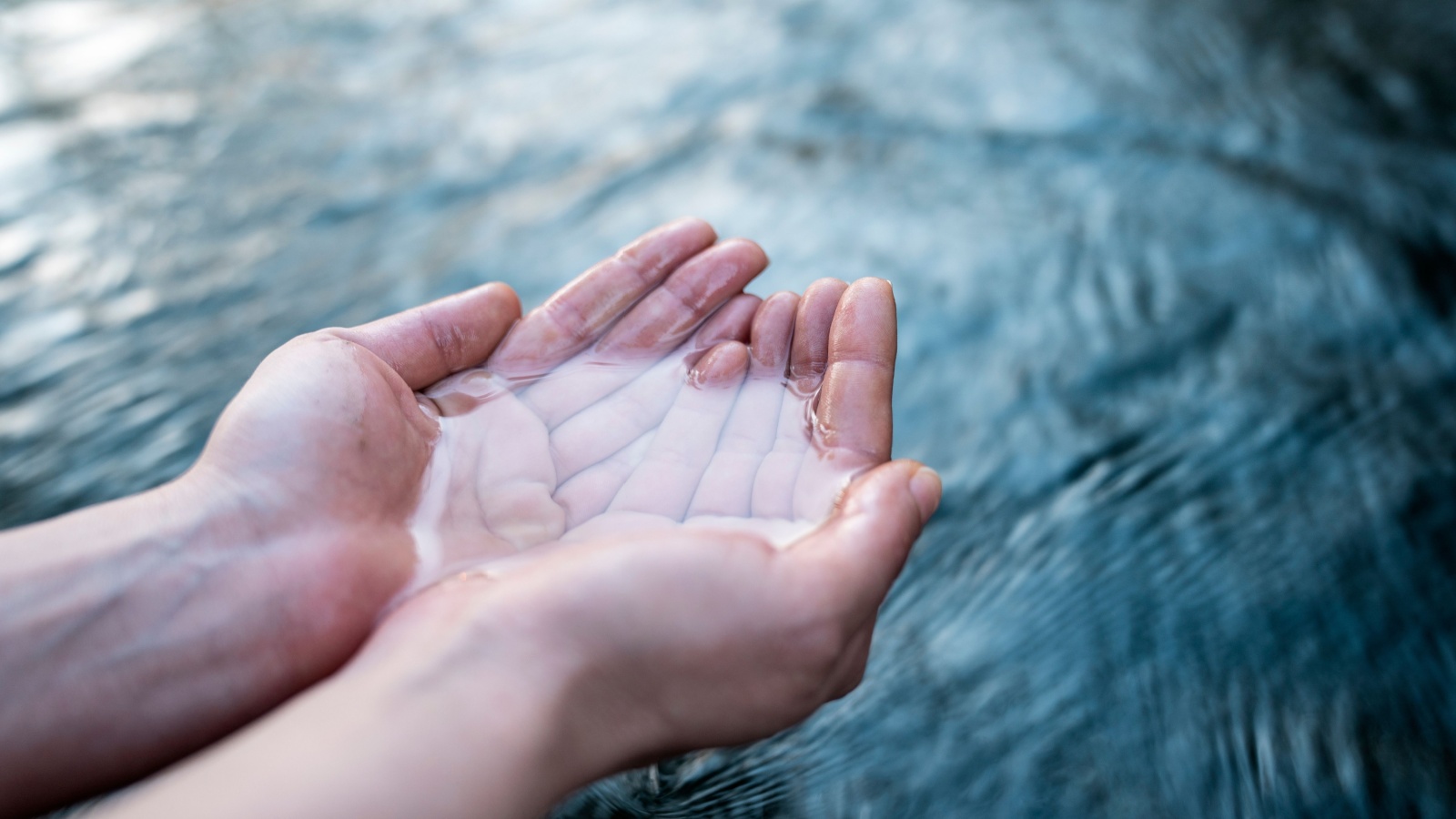
Drinking seawater will dehydrate you faster because of its high salt content. Always try to find fresh water sources or use a solar still to desalinate seawater. In a pinch, you can collect rainwater or use condensation traps to gather drinkable water.
7. Myth: Rub Frostbitten Skin
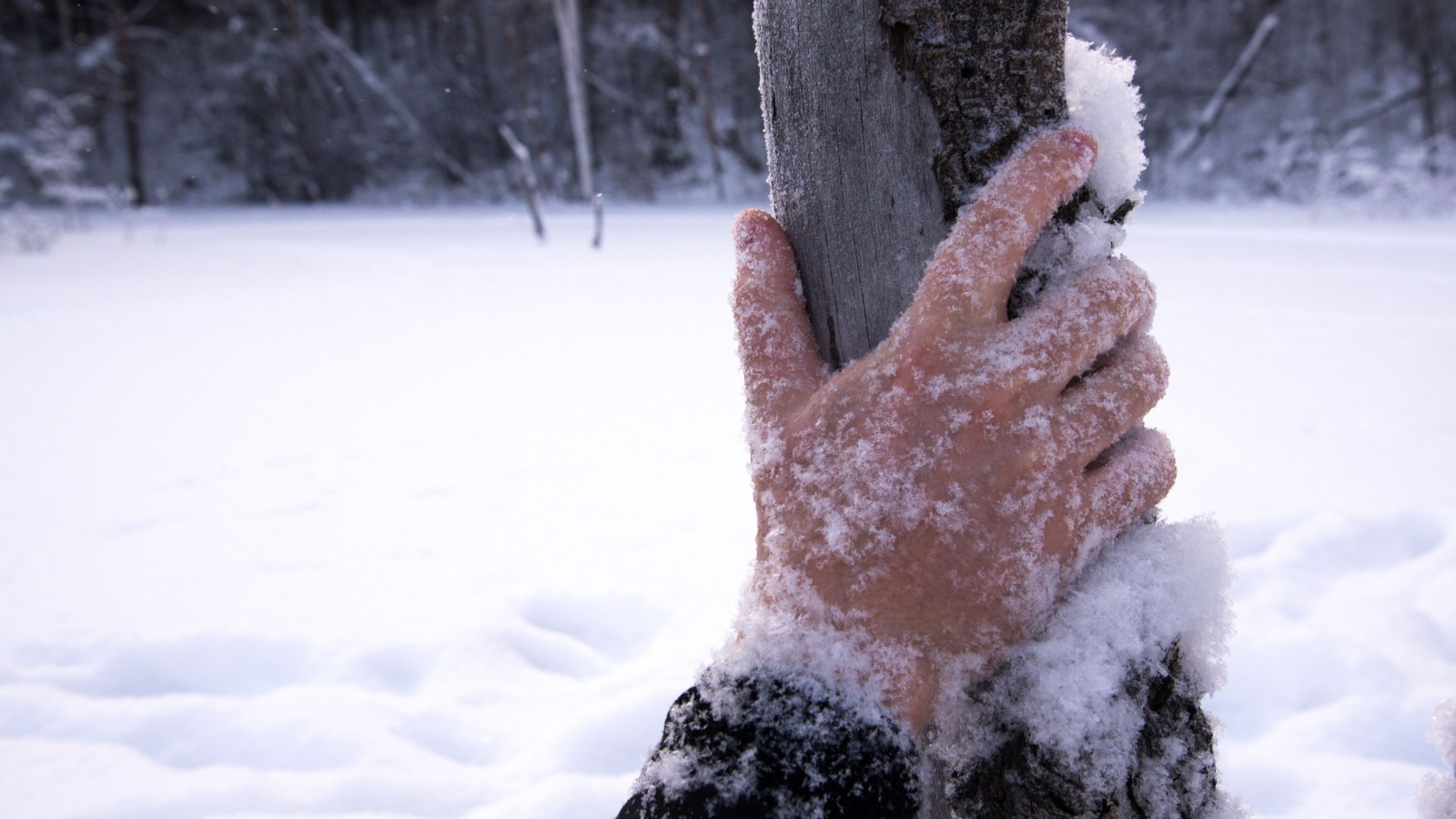
Rubbing frostbitten skin can cause more damage. Instead, warm the affected area slowly using body heat or warm water. Avoid using direct heat like a fire. Gradually warming the area reduces the risk of further tissue damage and improves recovery.
8. Myth: Shelter is Less Important Than Fire
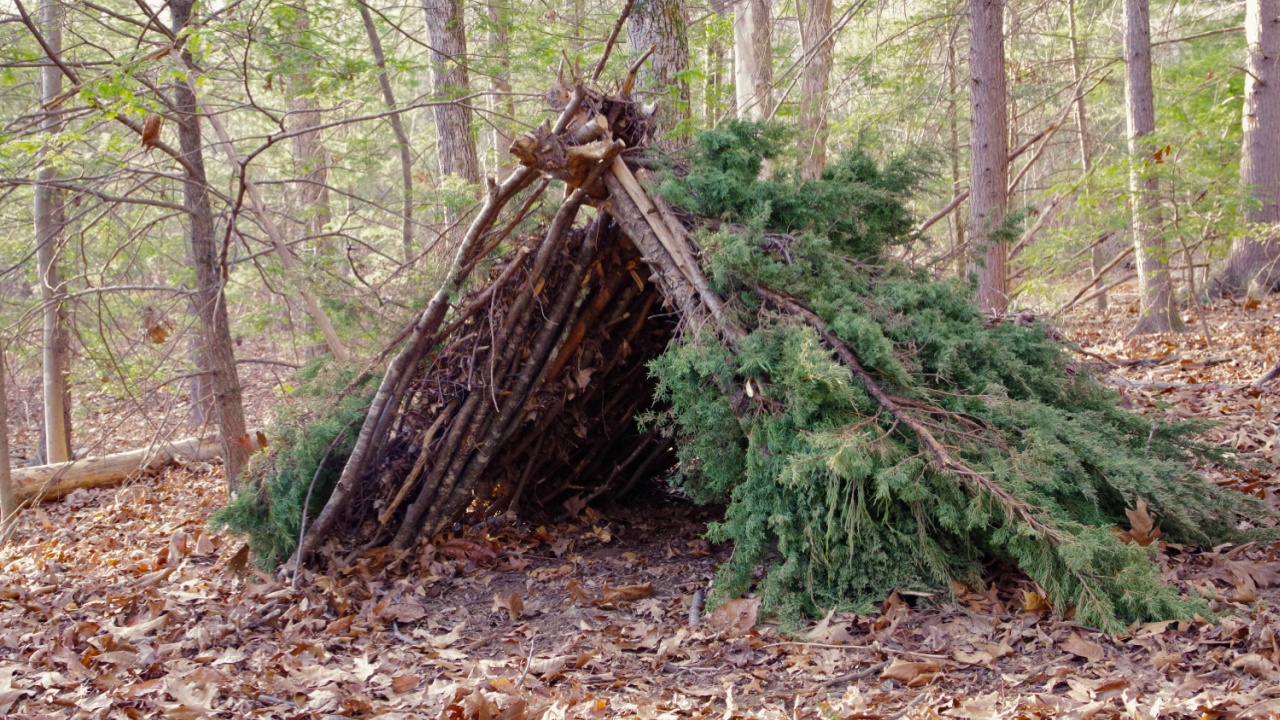
While fire is crucial, shelter should often come first to protect you from the elements. Build a shelter to stay dry and out of the wind, then focus on making a fire. A good shelter can also help conserve body heat, making it easier to stay warm.
9. Myth: Eating Snow for Water
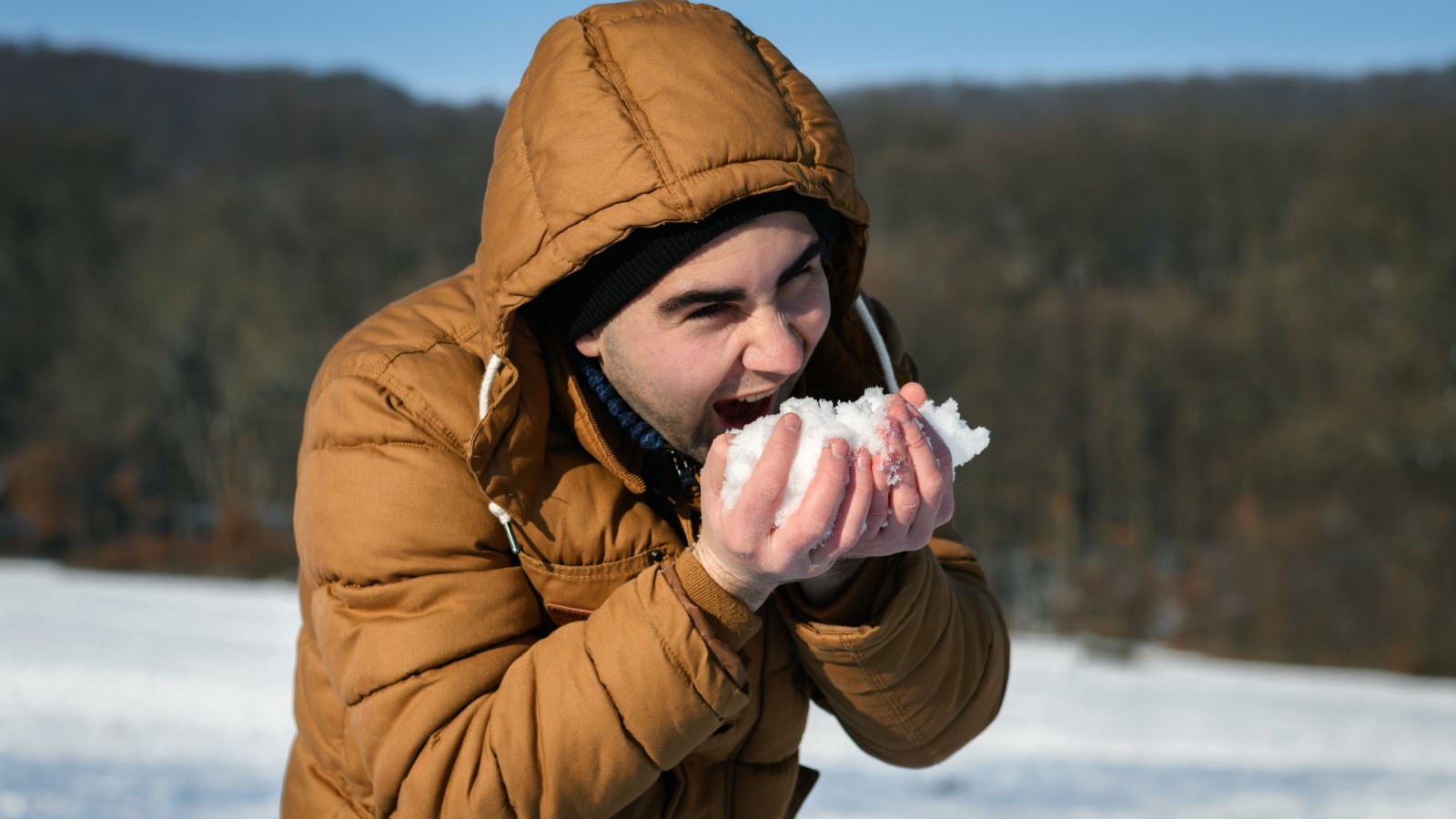
Eating snow can lower your body temperature and lead to hypothermia. Melt the snow first to turn it into liquid water before drinking. Using a solar still or placing snow in a container inside your clothing can help melt it without consuming extra energy.
10. Myth: Follow Birds to Find Water

Birds don’t always lead to water sources. Instead, look for signs of water like green vegetation or follow valleys and streams. Use your observations and knowledge to find water. Early morning and late afternoon are good times to spot animal tracks leading to water.
11. Myth: All Natural Water Sources are Safe
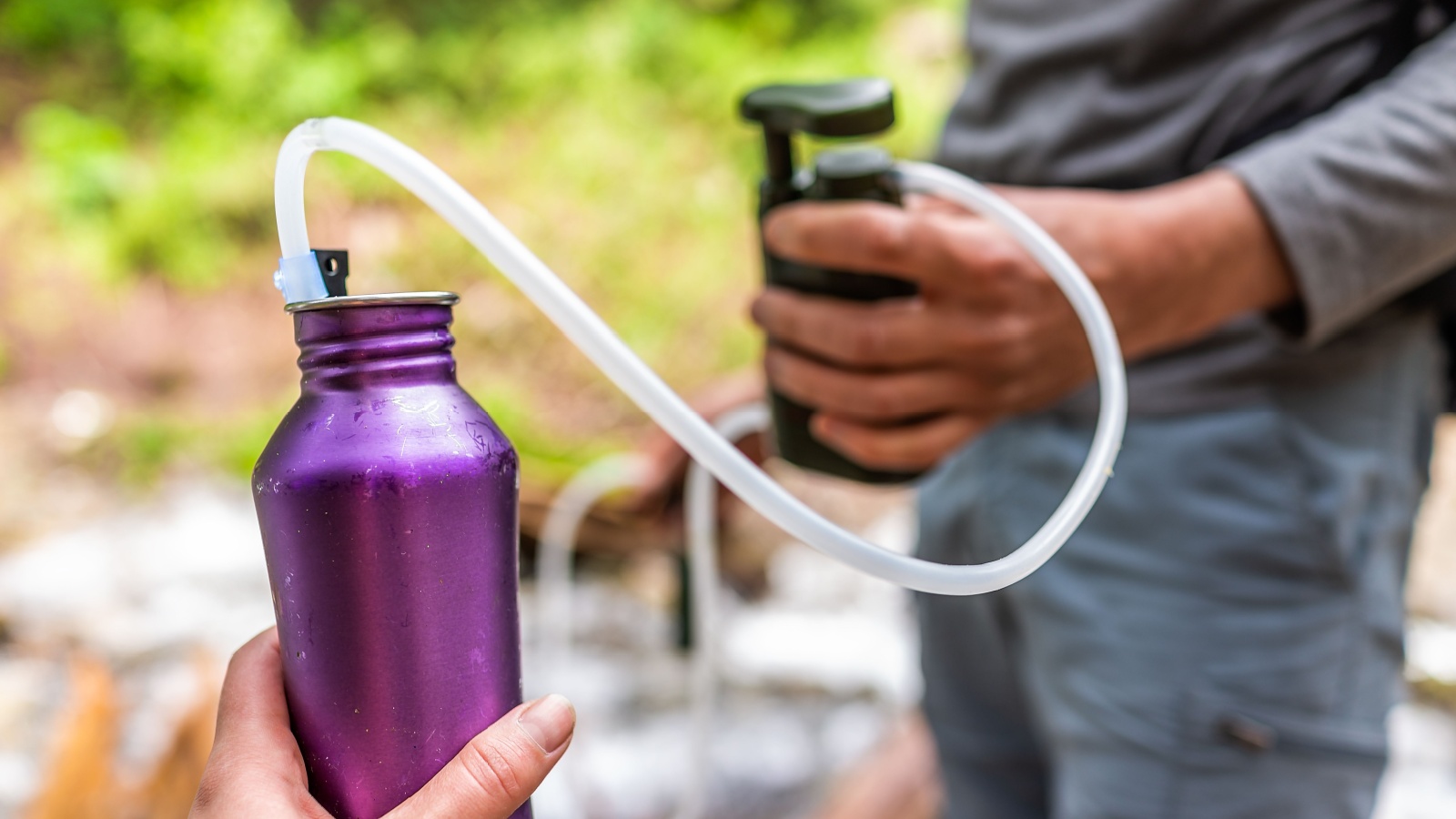
Not all natural water sources are safe to drink. Water can be contaminated with bacteria and parasites. Always purify water by boiling, filtering, or using purification tablets. Even clear, running water can harbor harmful microorganisms, so always treat it.
12. Myth: A Solar Still Provides Plenty of Water
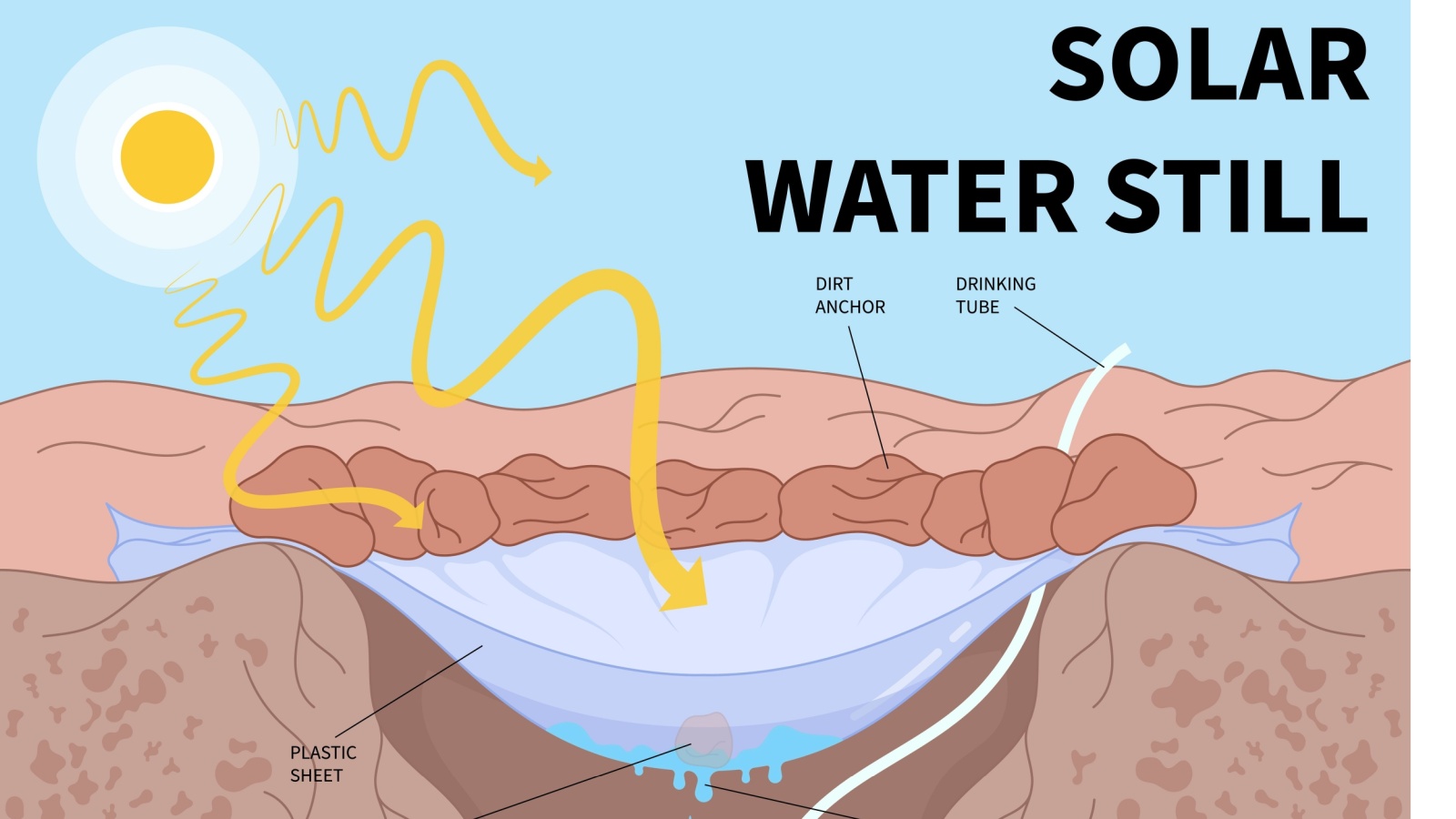
Solar stills produce very little water and are not reliable. They should be a last resort. Focus on finding and purifying existing water sources first. Solar stills can be time-consuming to set up and may not yield enough water to meet your needs.
13. Myth: Boil Water for Five Minutes to Purify It
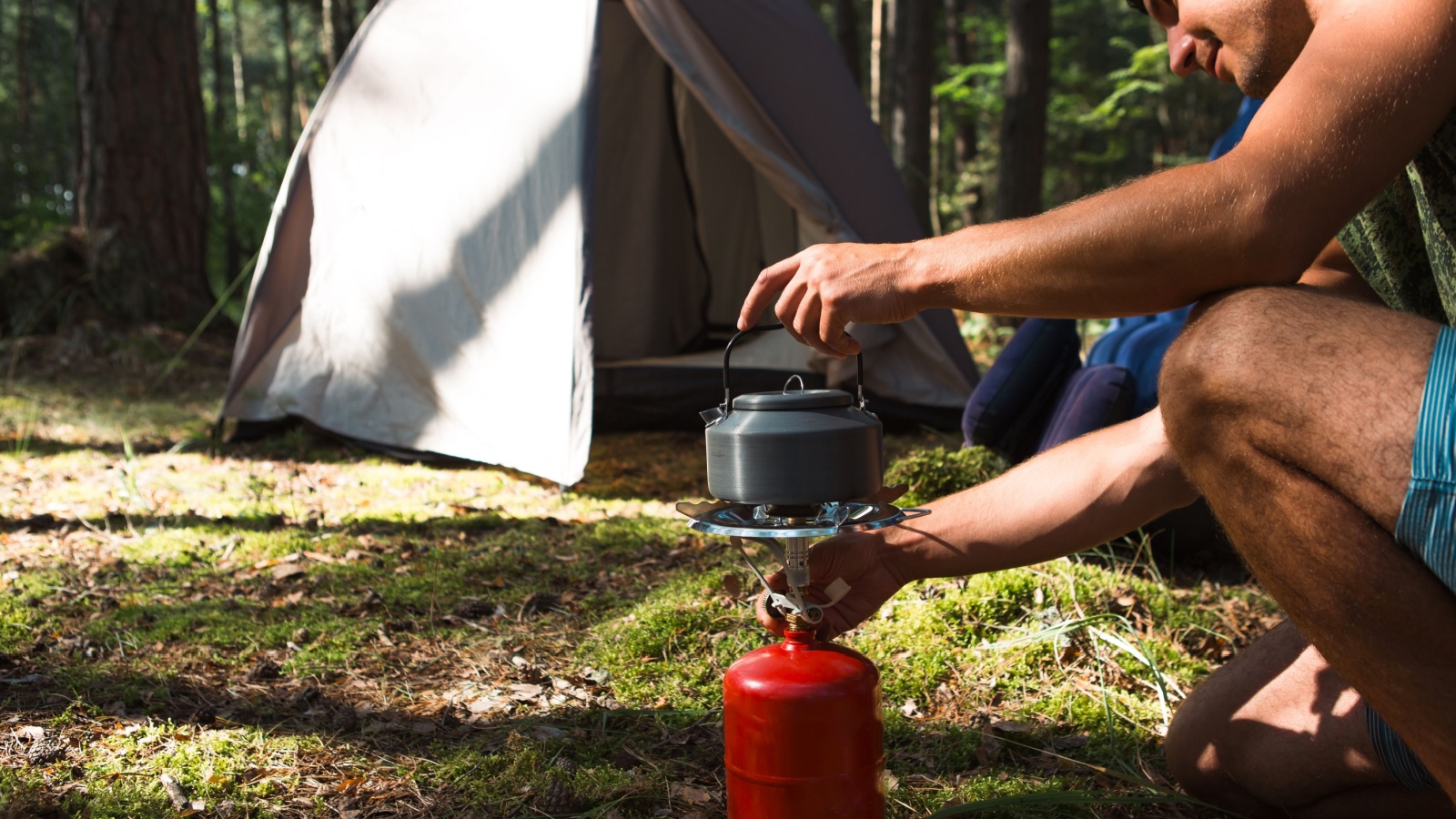
Boiling water for just one minute at a rolling boil (three minutes at higher altitudes) is sufficient to kill most pathogens. Over-boiling wastes fuel and time. Remember to let the water cool before drinking to avoid burns.
14. Myth: Fires Should Be Built in Caves
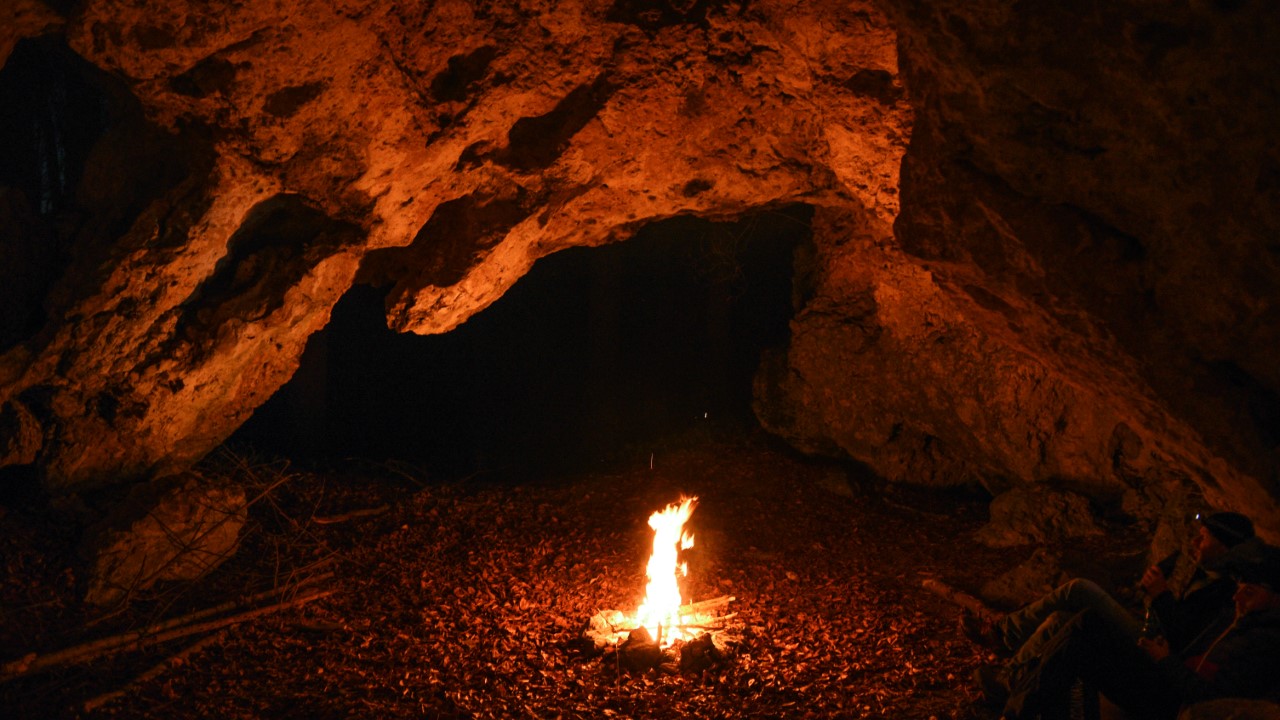
Building a fire in a cave can lead to smoke inhalation and carbon monoxide poisoning. If you need to make a fire, build it outside and use the cave for shelter without blocking ventilation. Ensure there’s proper airflow to prevent dangerous gas buildup.
15. Myth: Running in Zigzags Escapes Alligators
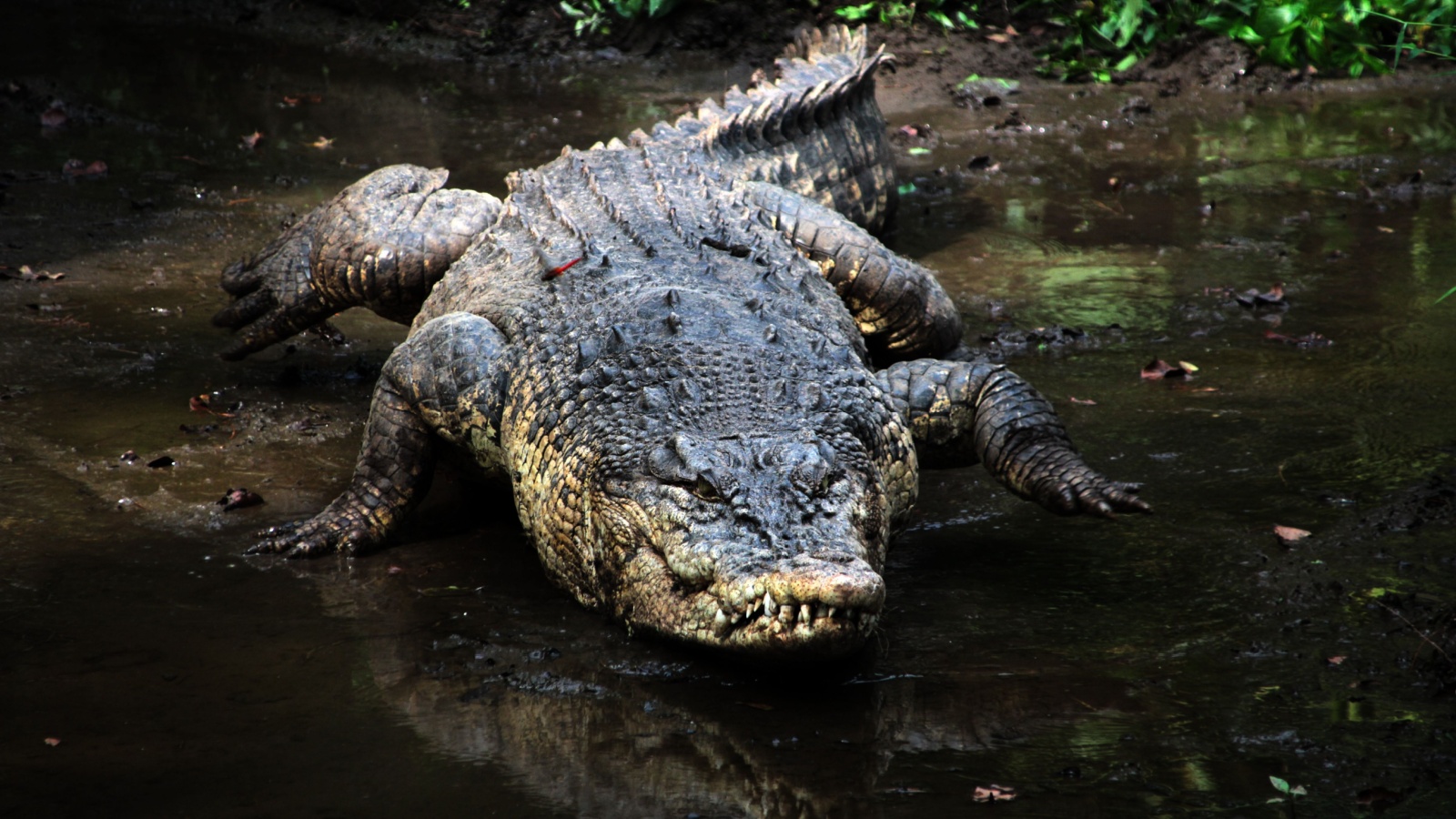
Running in zigzags wastes energy. Alligators are fast but tire quickly. Run straight and fast to escape if one is chasing you. Aim for higher ground or a tree, as alligators are less adept at climbing.
16. Myth: You Can Outrun a Tornado
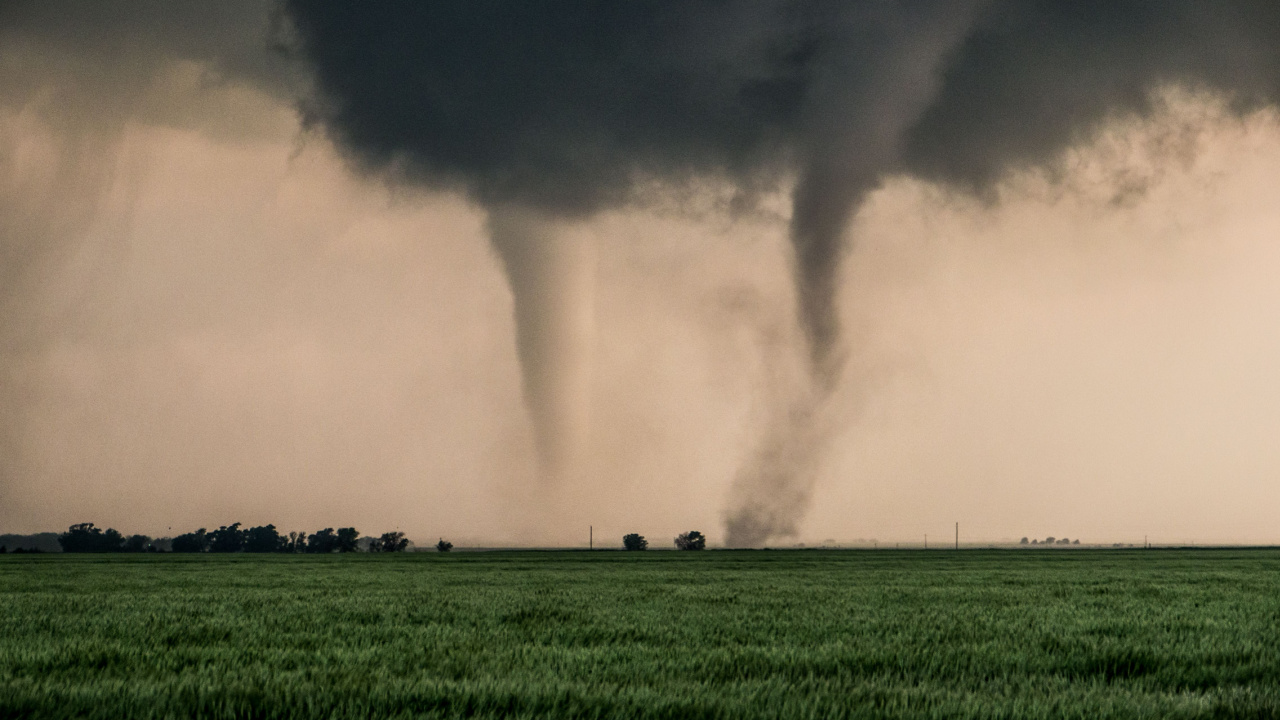
Tornadoes are unpredictable and can change direction quickly. It’s safer to find shelter in a sturdy building or a designated storm shelter than to try and outrun it. If you’re in a vehicle and can’t find shelter, lie flat in a ditch away from the car.
17. Myth: If You’re Lost, Stay Put
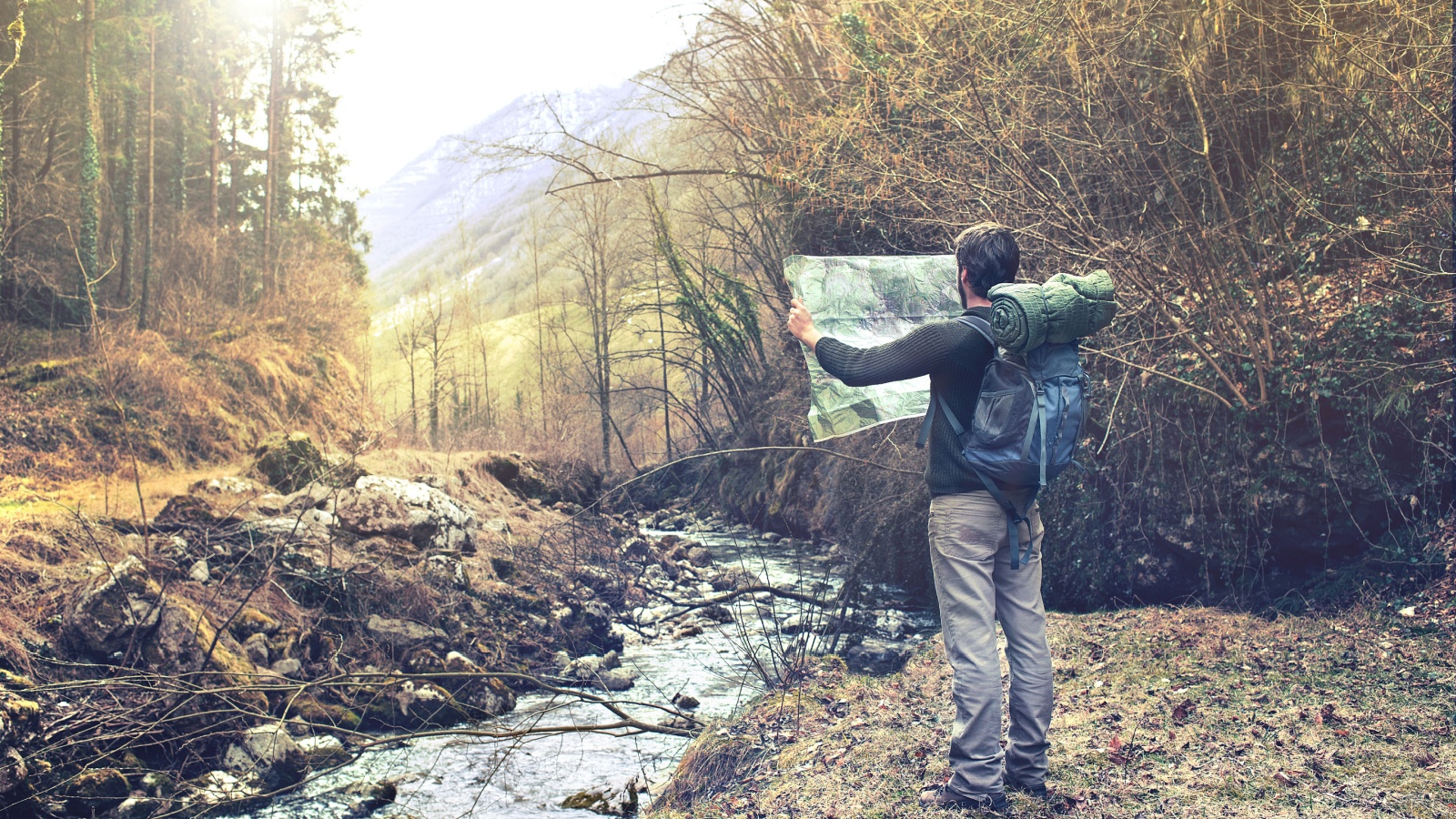
In some cases, staying put is the best strategy, especially if rescuers know where to look for you. However, if you’re in immediate danger or have a good sense of where you are, carefully moving towards safety might be necessary. Mark your path to avoid getting further lost and help rescuers track your movements.
18. Myth: Signal Fires Work Best for Rescue
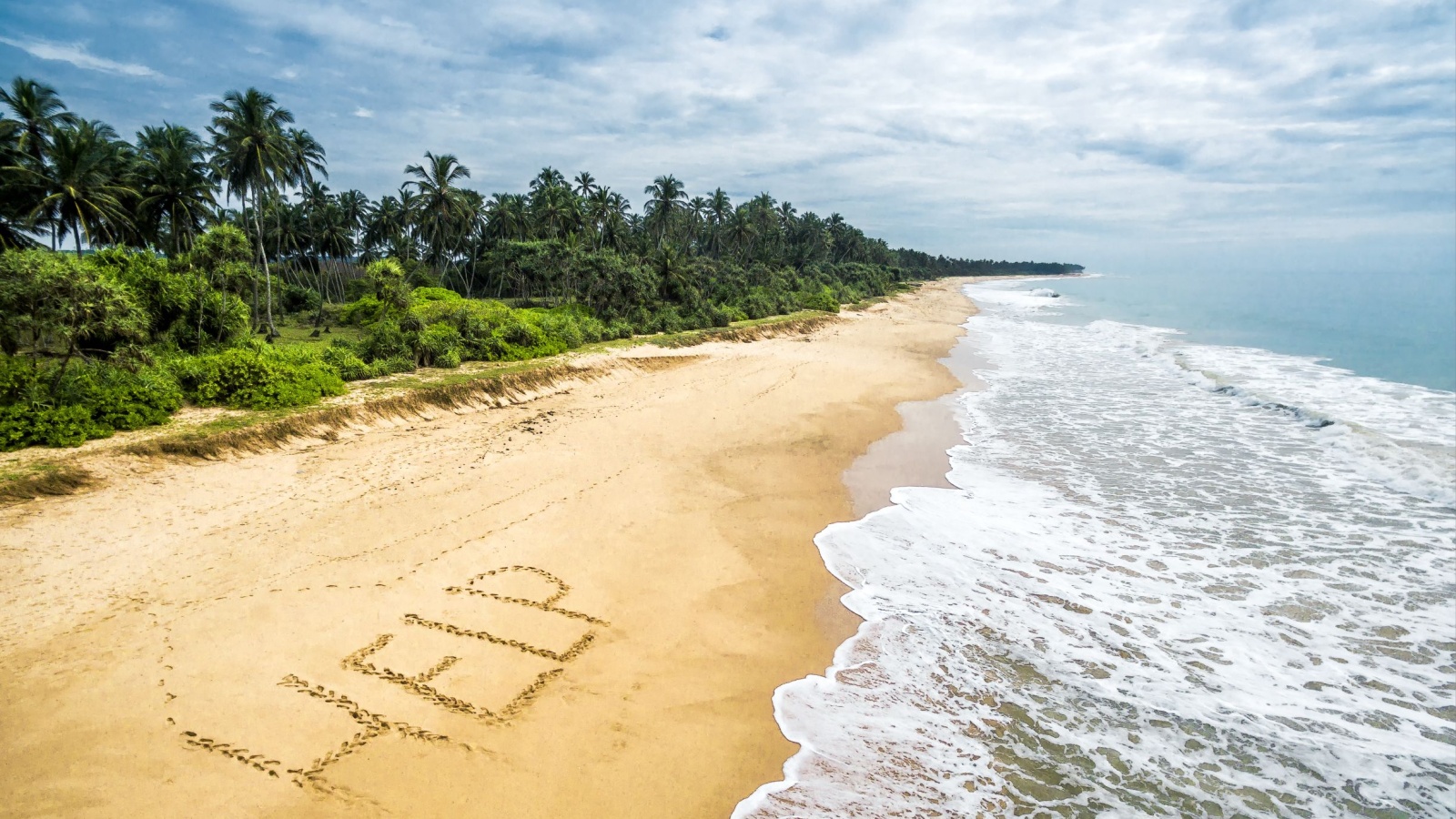
Signal fires are useful but can be hard to see. Mirrors, brightly colored clothing, and other reflective objects can be more effective during the day. Use multiple methods to increase your chances of being spotted. Consider making large, clear symbols on the ground visible from the air.
19. Myth: You Should Move Immediately if You Smell Gas

Many people think they should immediately start moving if they smell gas. While you should be cautious, it’s safer to avoid creating sparks or turning on electrical devices. Evacuate calmly and use a flashlight to navigate if needed. Ventilate the area by opening windows and doors before leaving.
20. Myth: Only Wounds with Dirt Need Cleaning
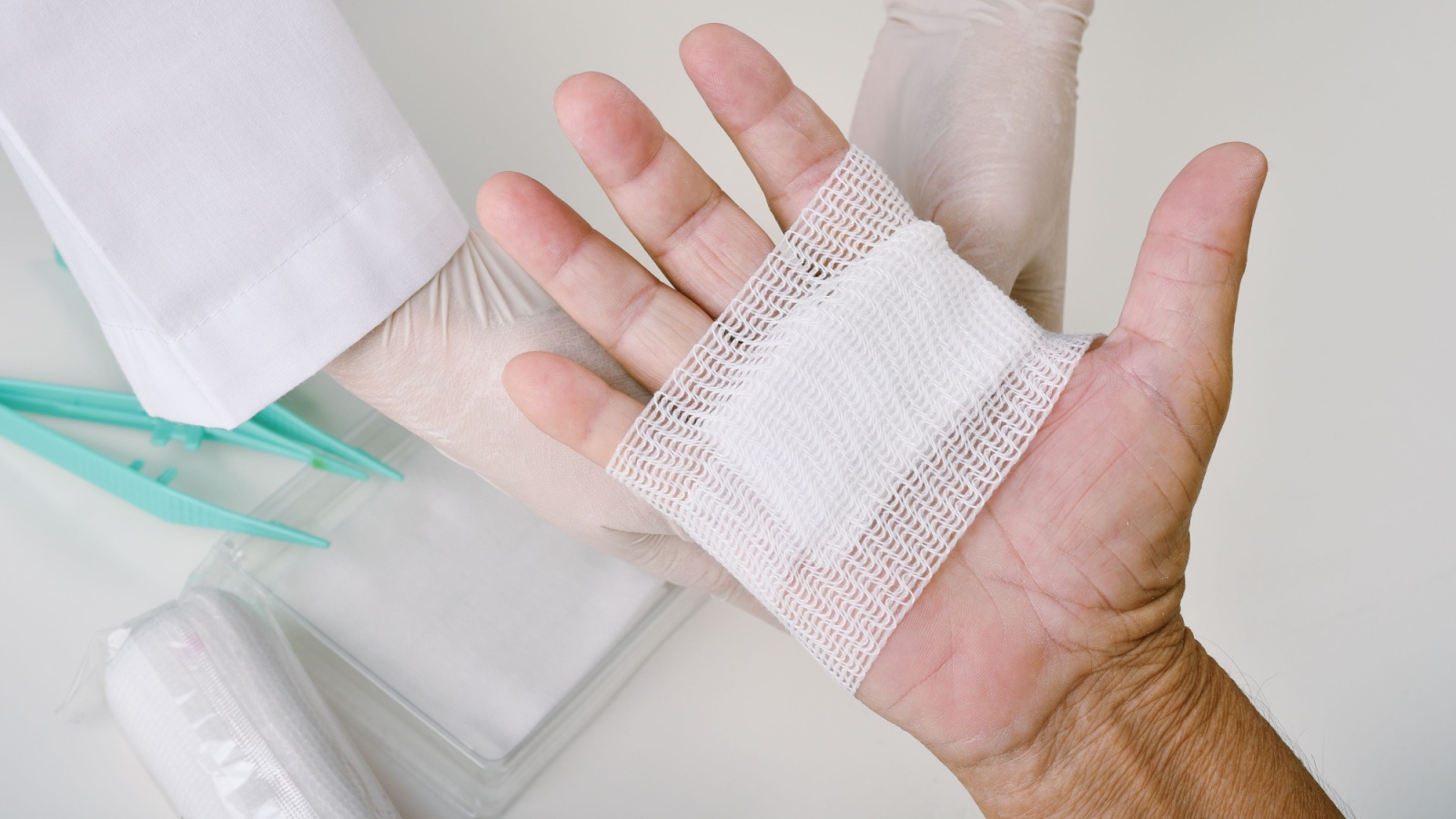
All wounds should be cleaned, not just those with visible dirt. Even small cuts can become infected if not properly cleaned. Use clean water and soap to wash the wound, then apply an antiseptic and cover it with a sterile bandage.
21. Myth: Eating Raw Meat is Safe if You’re Starving

Eating raw meat can lead to serious illness due to bacteria and parasites. It’s crucial to cook meat thoroughly to kill harmful organisms. If you can’t cook, try to dry the meat in the sun or over a low fire to reduce the risk of infection.
22. Myth: If You’re in a Car During a Lightning Storm, You Should Get Out
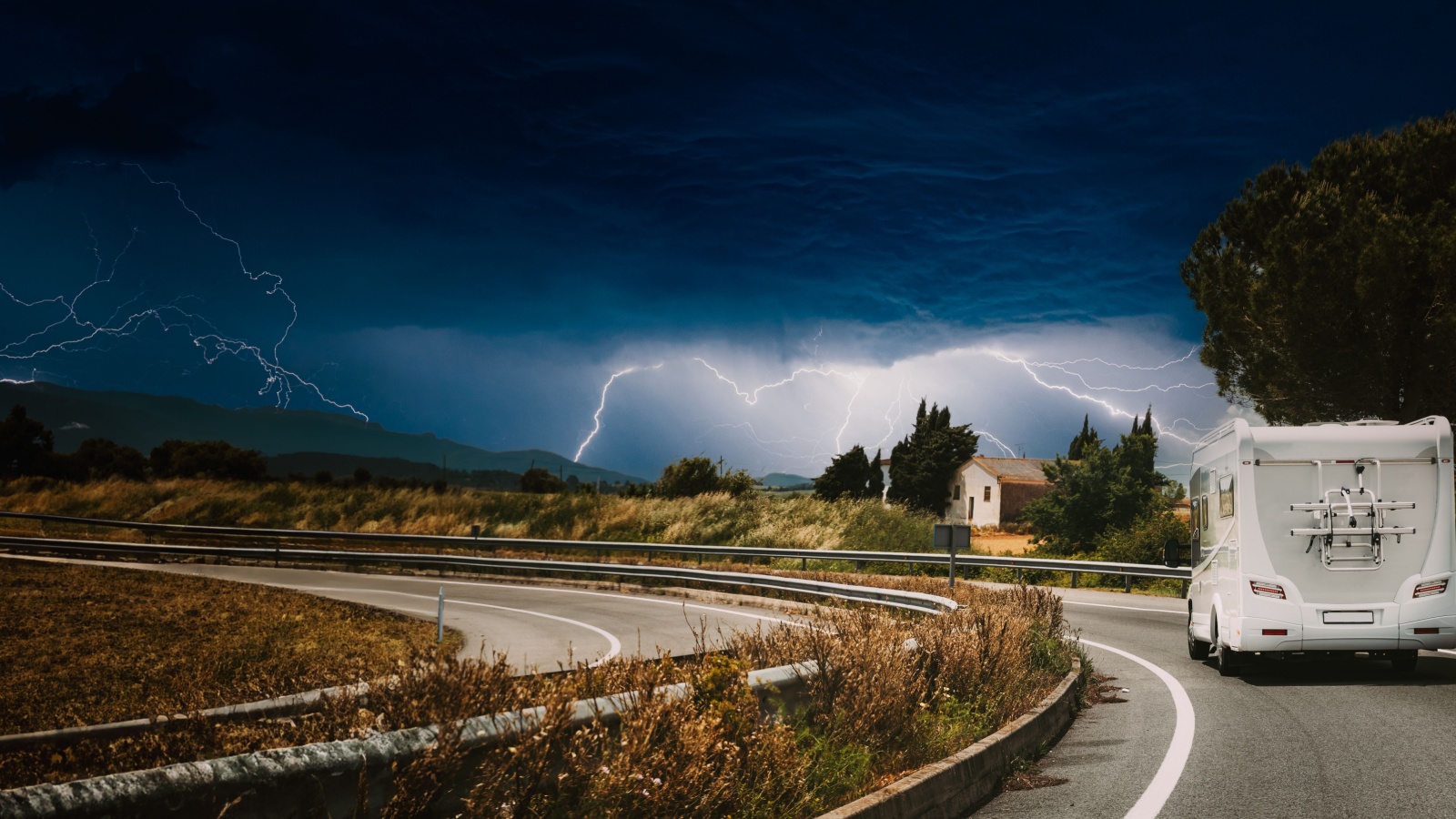
Staying in your car during a lightning storm is actually safer than getting out. The metal frame of the car acts as a Faraday cage, directing the lightning around you and into the ground. Avoid touching metal parts inside the car and wait until the storm passes.
23. Myth: Running Water is Always Safe to Drink
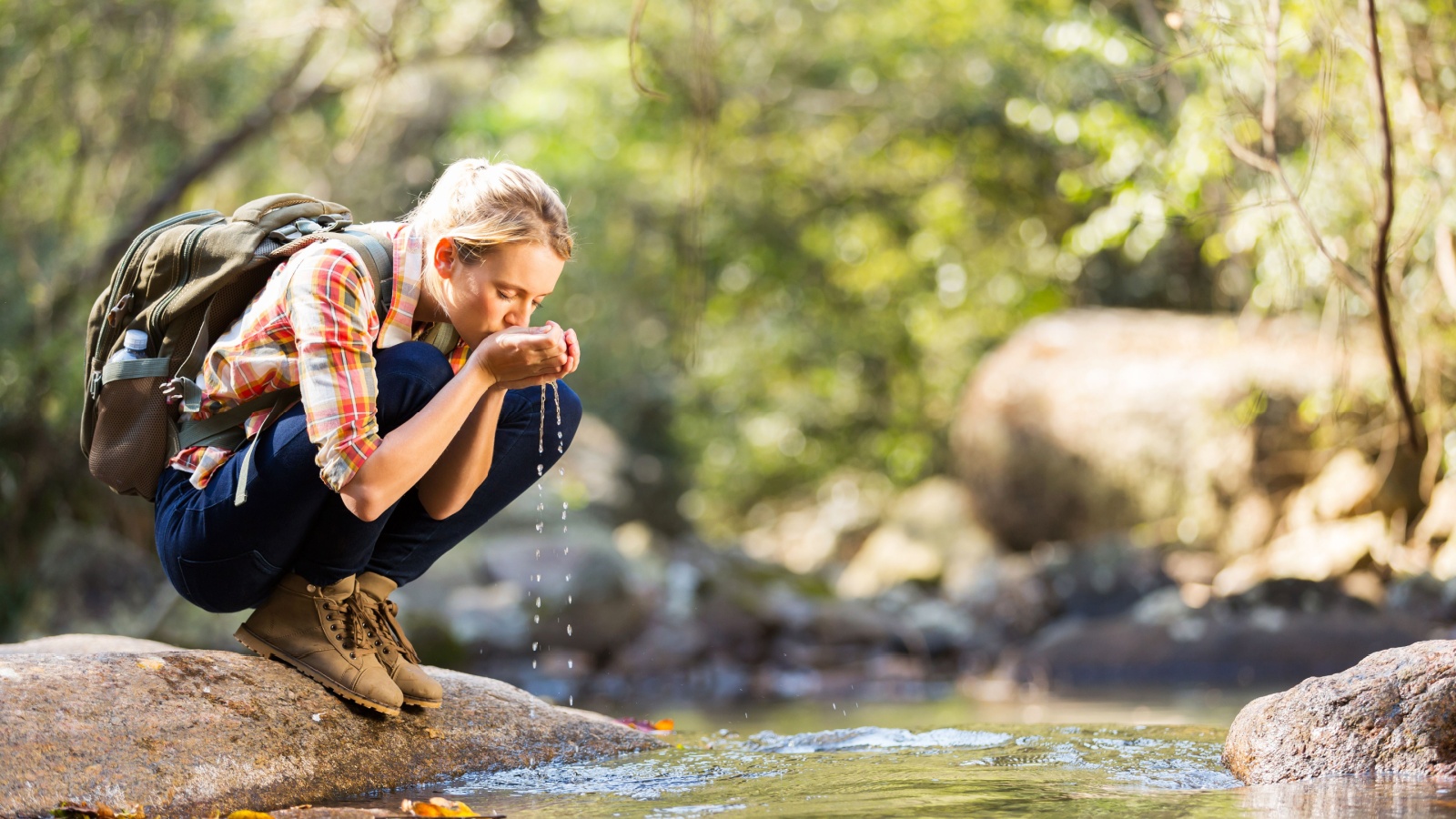
It’s a myth that running water is always safe to drink. Water in streams and rivers can still be contaminated with pathogens. Always purify running water by boiling it, using a filter, or applying water purification tablets before drinking.
24. Myth: Tourniquets Should Always Be Used for Severe Bleeding
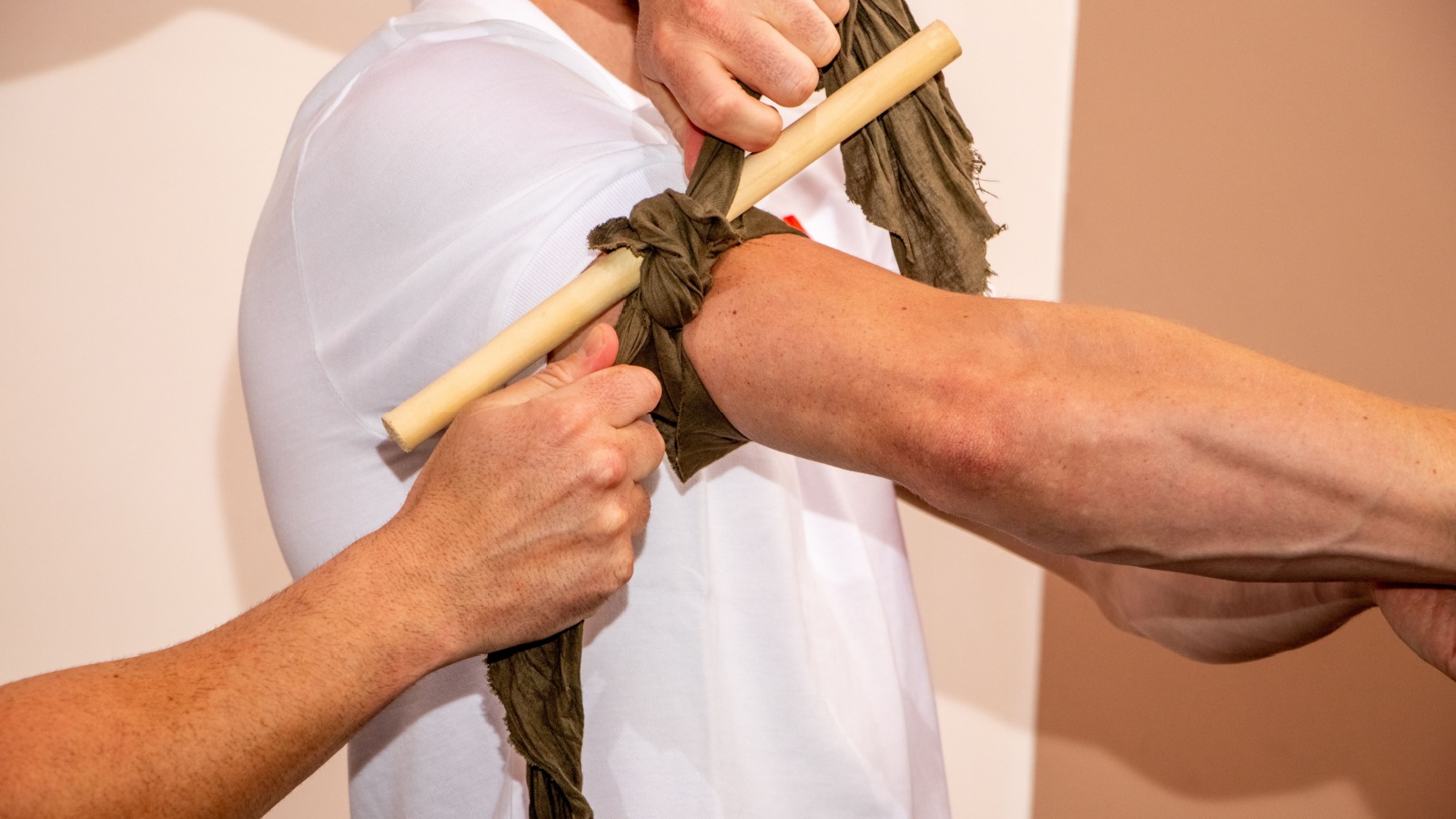
Using a tourniquet should be a last resort for severe bleeding. Improper use can lead to tissue damage and other complications. Apply direct pressure to the wound first and use a tourniquet only if bleeding cannot be controlled.
25. Myth: You Can Wait Out a Hurricane in Your Home
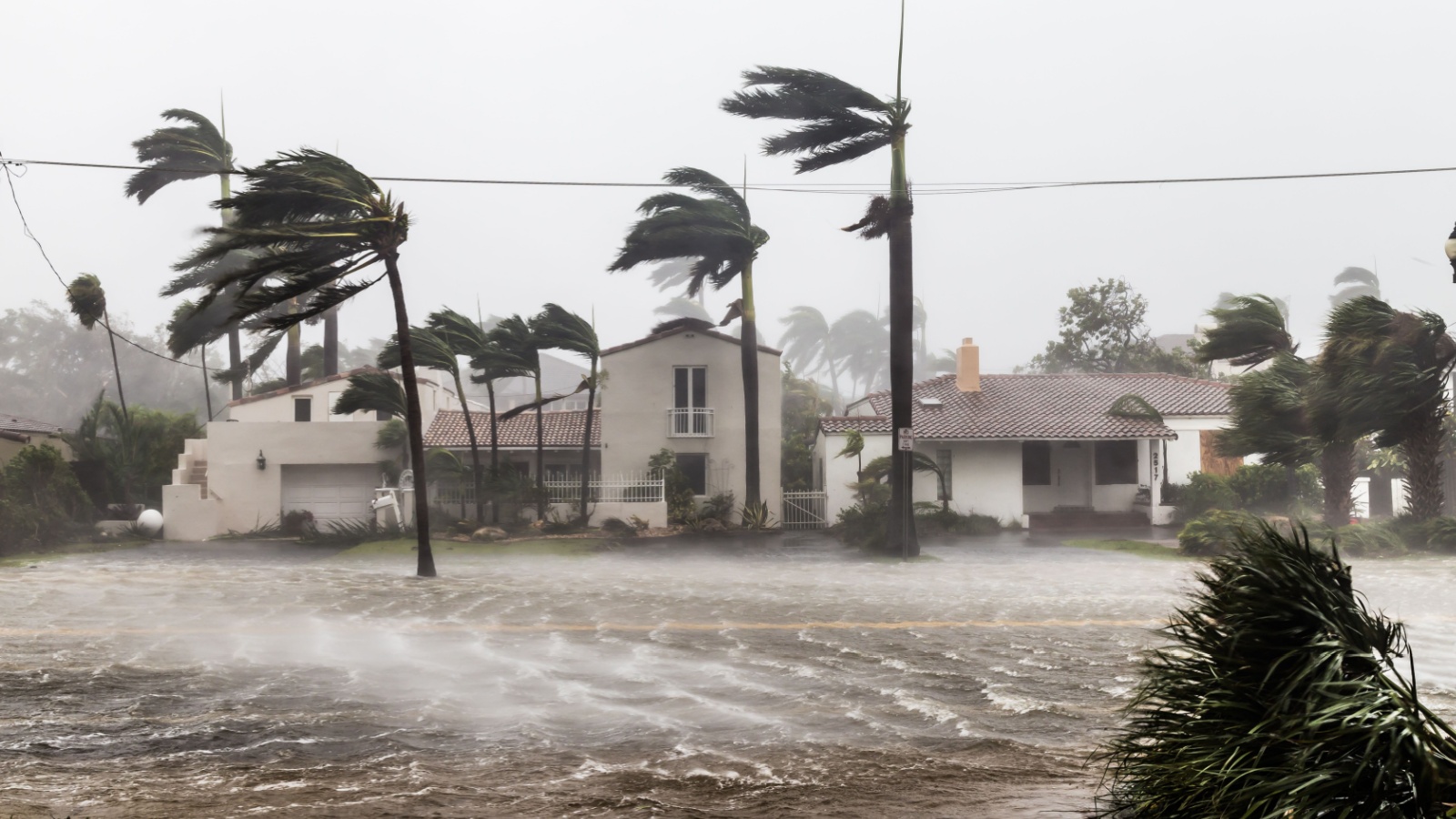
Waiting out a hurricane at home can be dangerous if you are in an evacuation zone. Follow evacuation orders from authorities to ensure your safety. Staying in your home during a severe hurricane can put you at risk of flooding, structural damage, and loss of life.
20 Crucial Supplies for Surviving a Societal Collapse
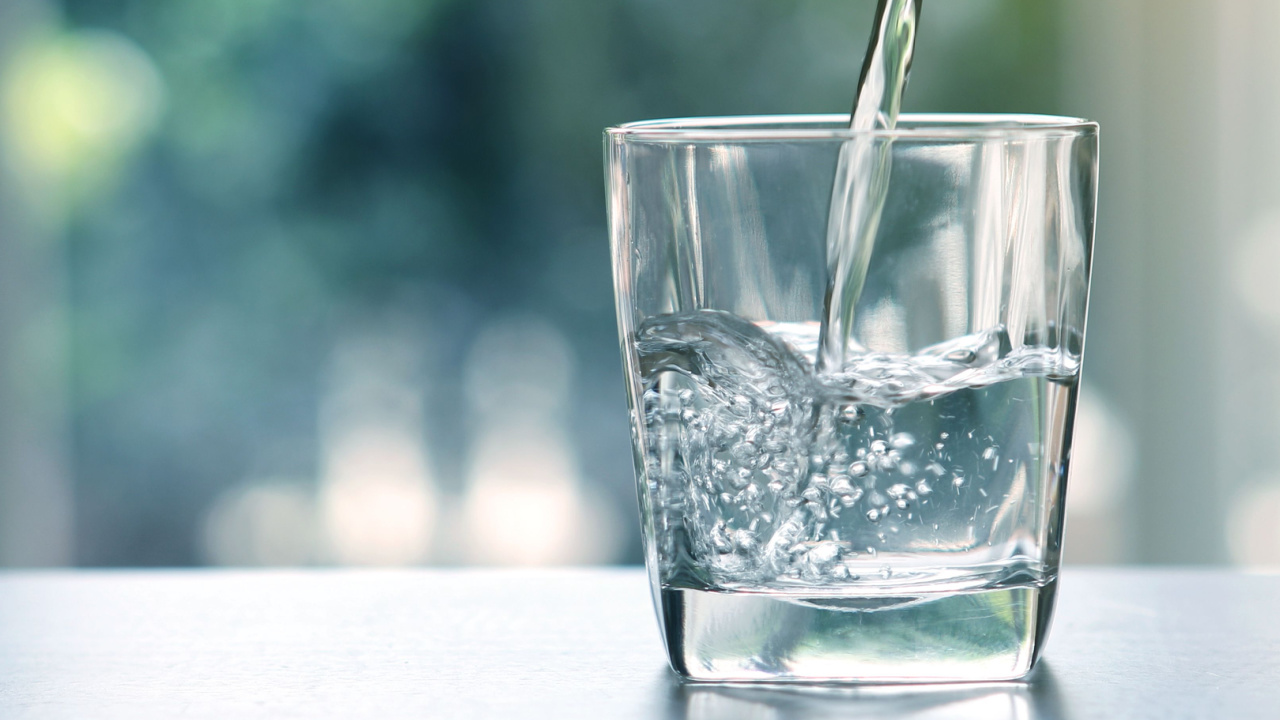
In the face of uncertainty, being well-prepared gives you at least some degree of control and security. The thought of a societal collapse, while extreme, prompts us to consider how we might endure without the conveniences of our current lifestyle. Here’s a list of 20 essential items that could prove indispensable in such a scenario. This guide isn’t about succumbing to fear but embracing preparedness and resilience.
14 Essential Canned Goods for Your Emergency Pantry
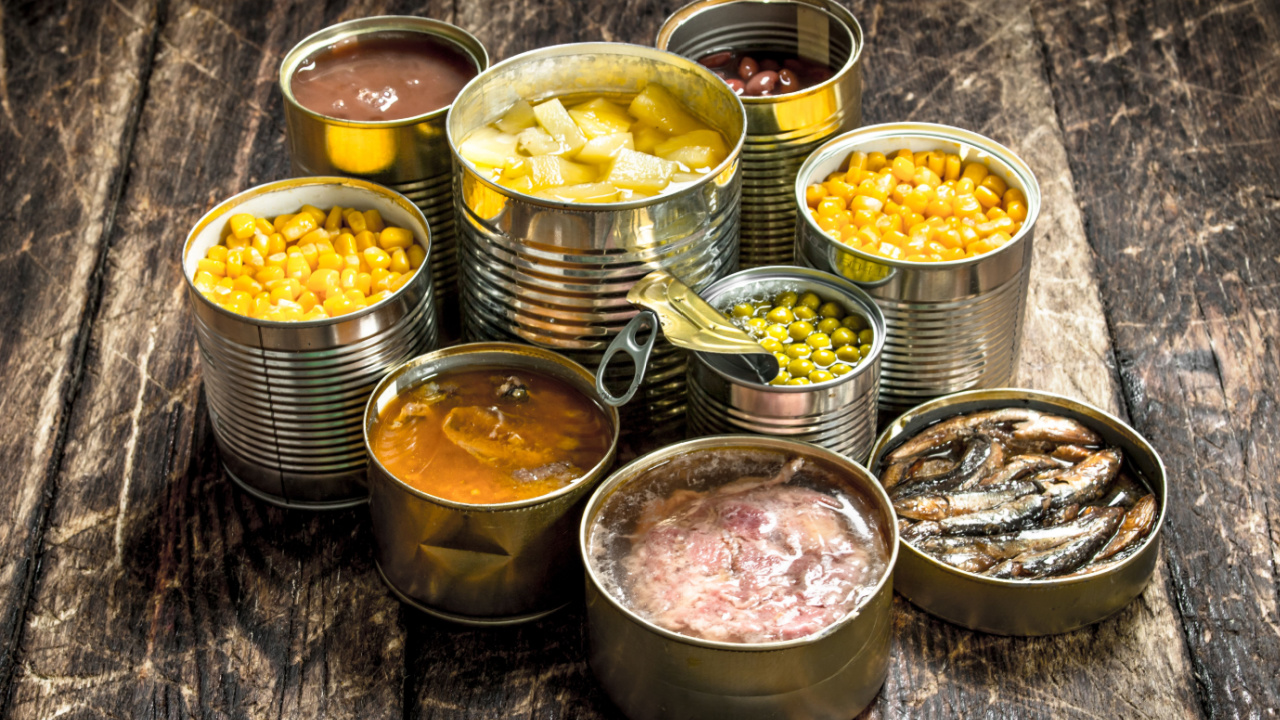
I firmly believe in keeping a well-stocked emergency pantry. While fresh food is ideal, in a survival situation, we may not be that lucky. So, for my family, even though we grow a lot of our own food, canned goods play a crucial role in emergency preparedness. They offer a reliable source of nutrition when access to fresh produce may be limited. The goods you stockpile should be affordable, easy to store, and full of nutrition.
Best Regions in the U.S. to Escape to When Society Collapses
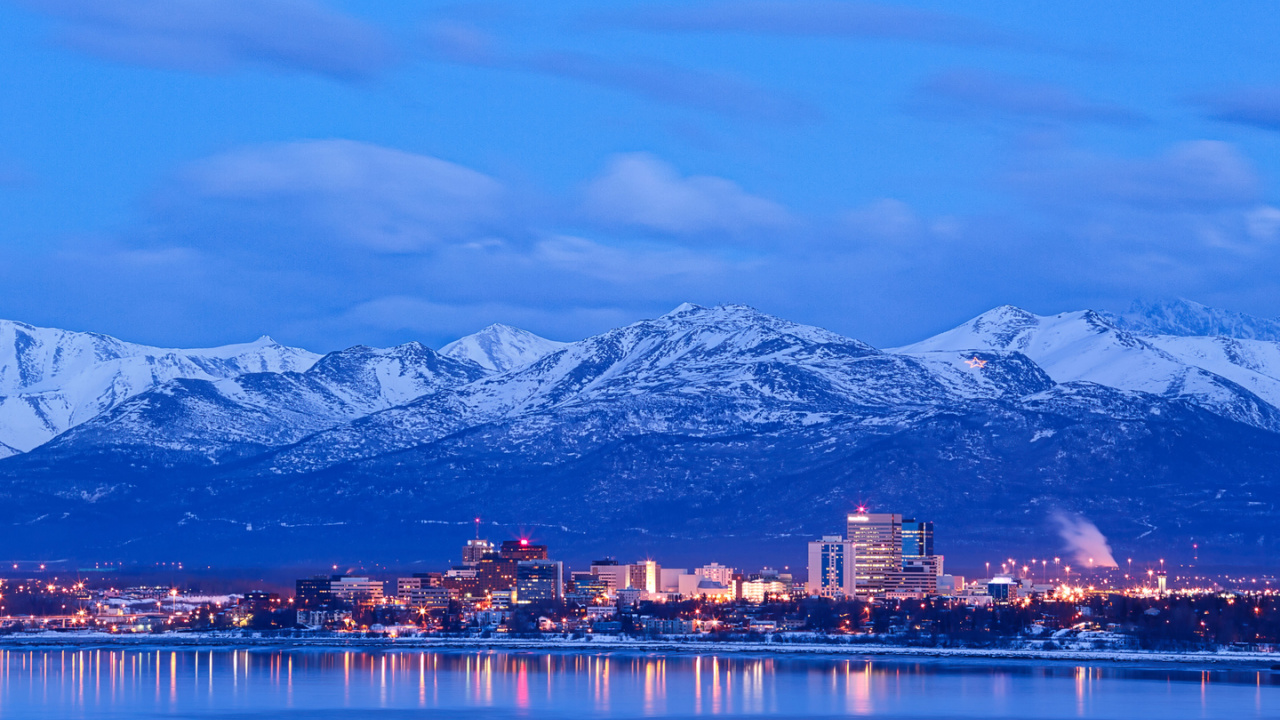
Choosing a refuge in the event of societal collapse involves weighing the pros and cons of each location against your personal preparedness goals and abilities. Whether you’re drawn to the solitude of the desert or the protective heights of the mountains, the key is finding a place that offers safety and the opportunity for growth and renewal.

